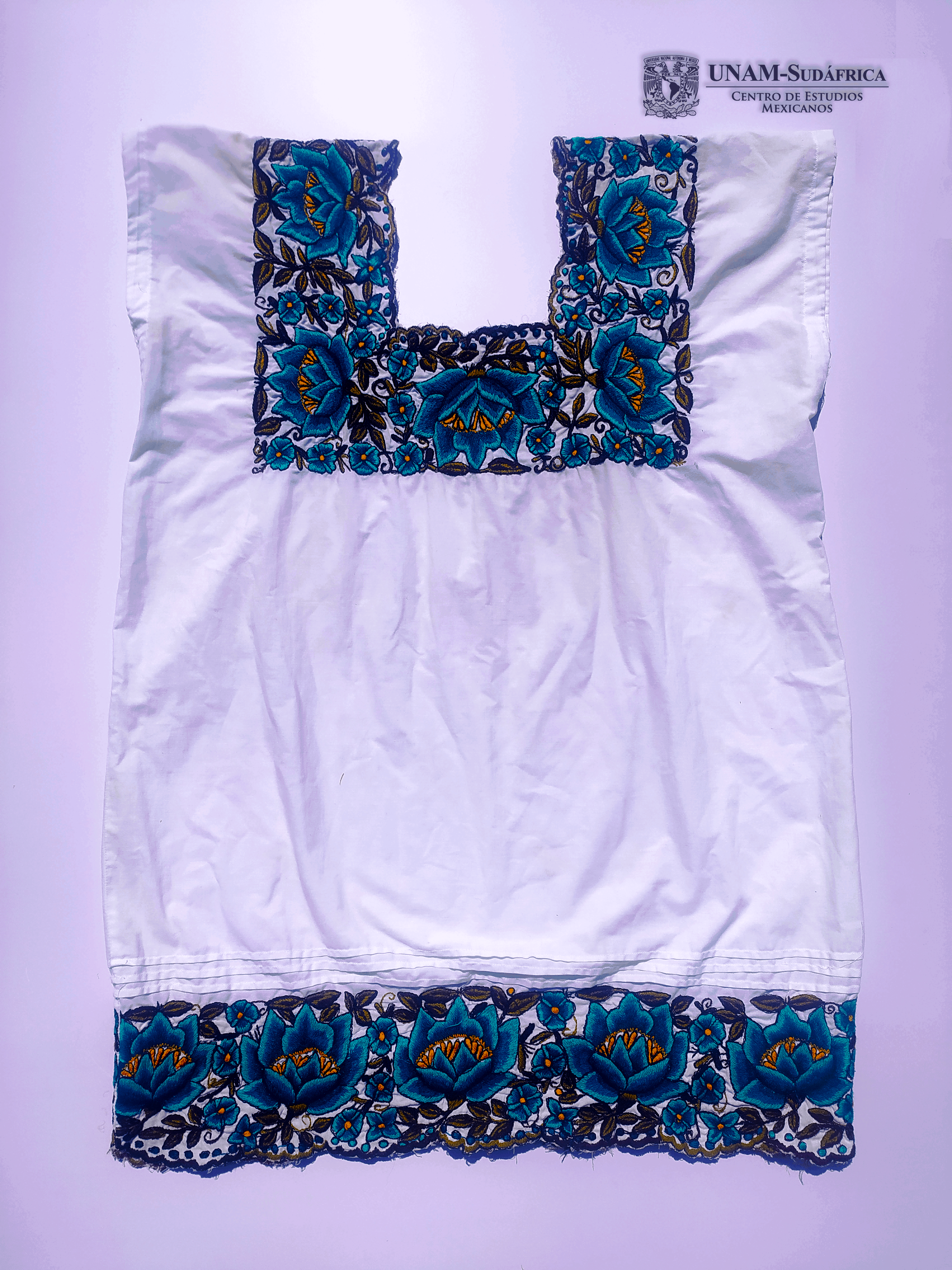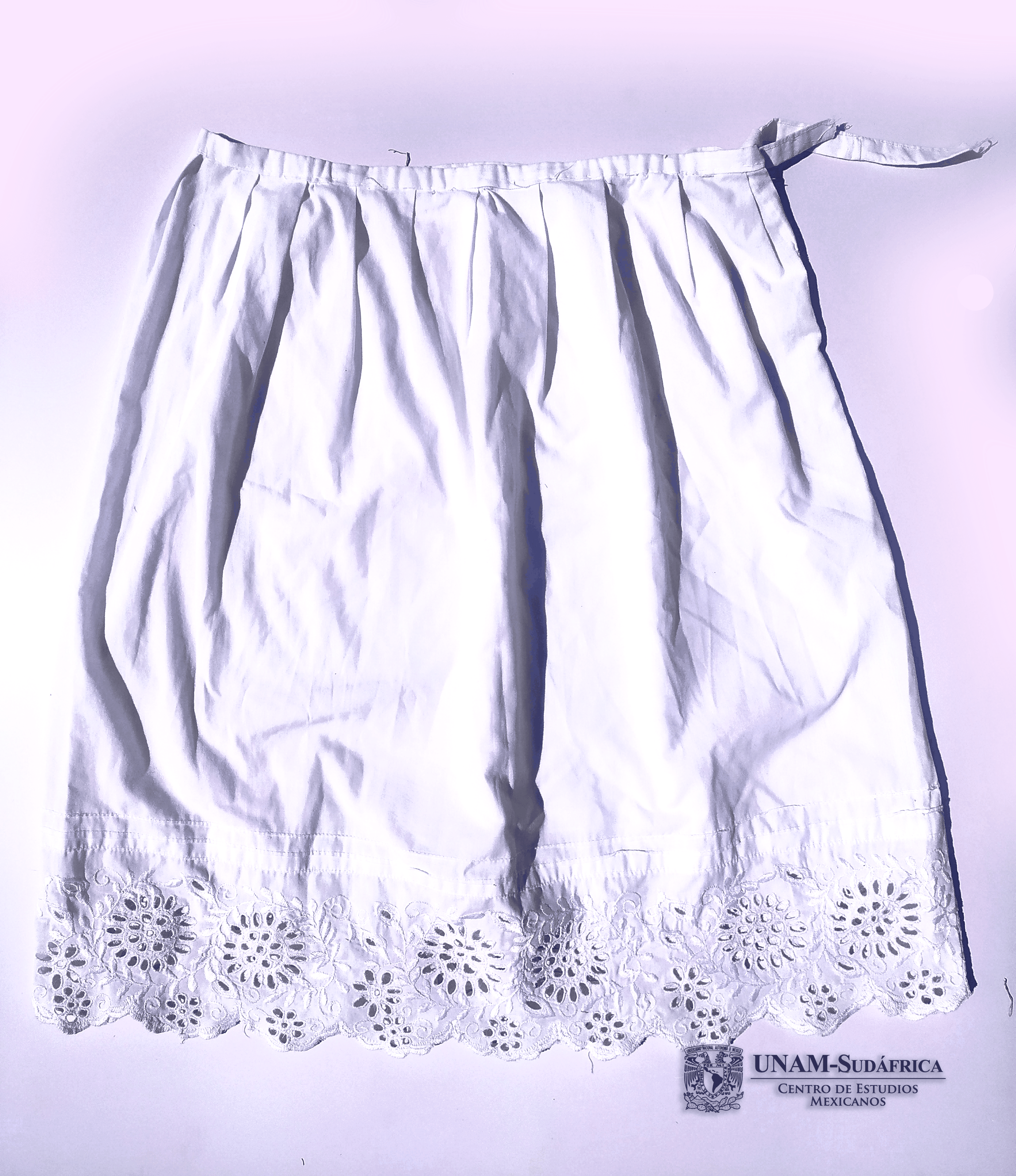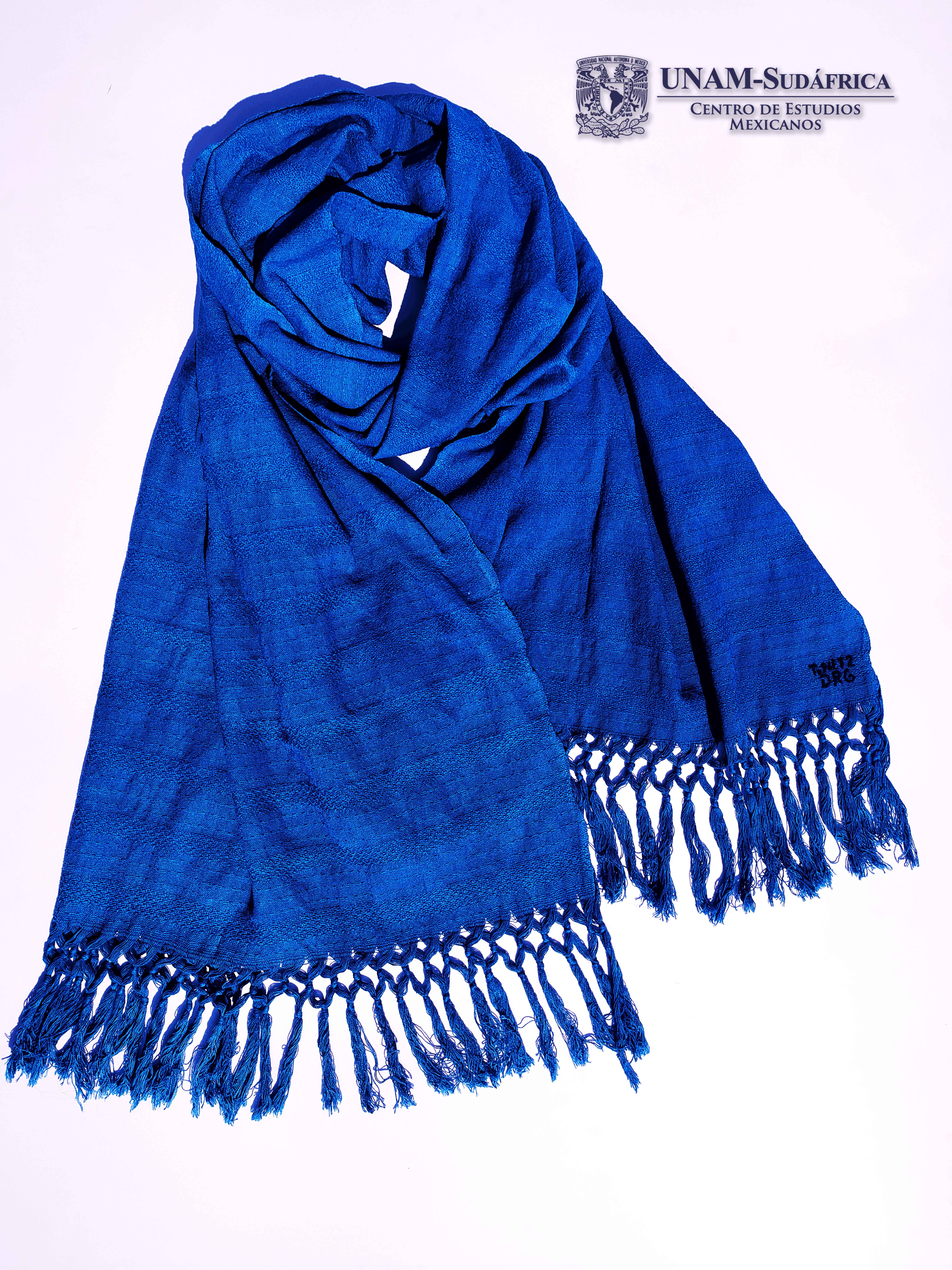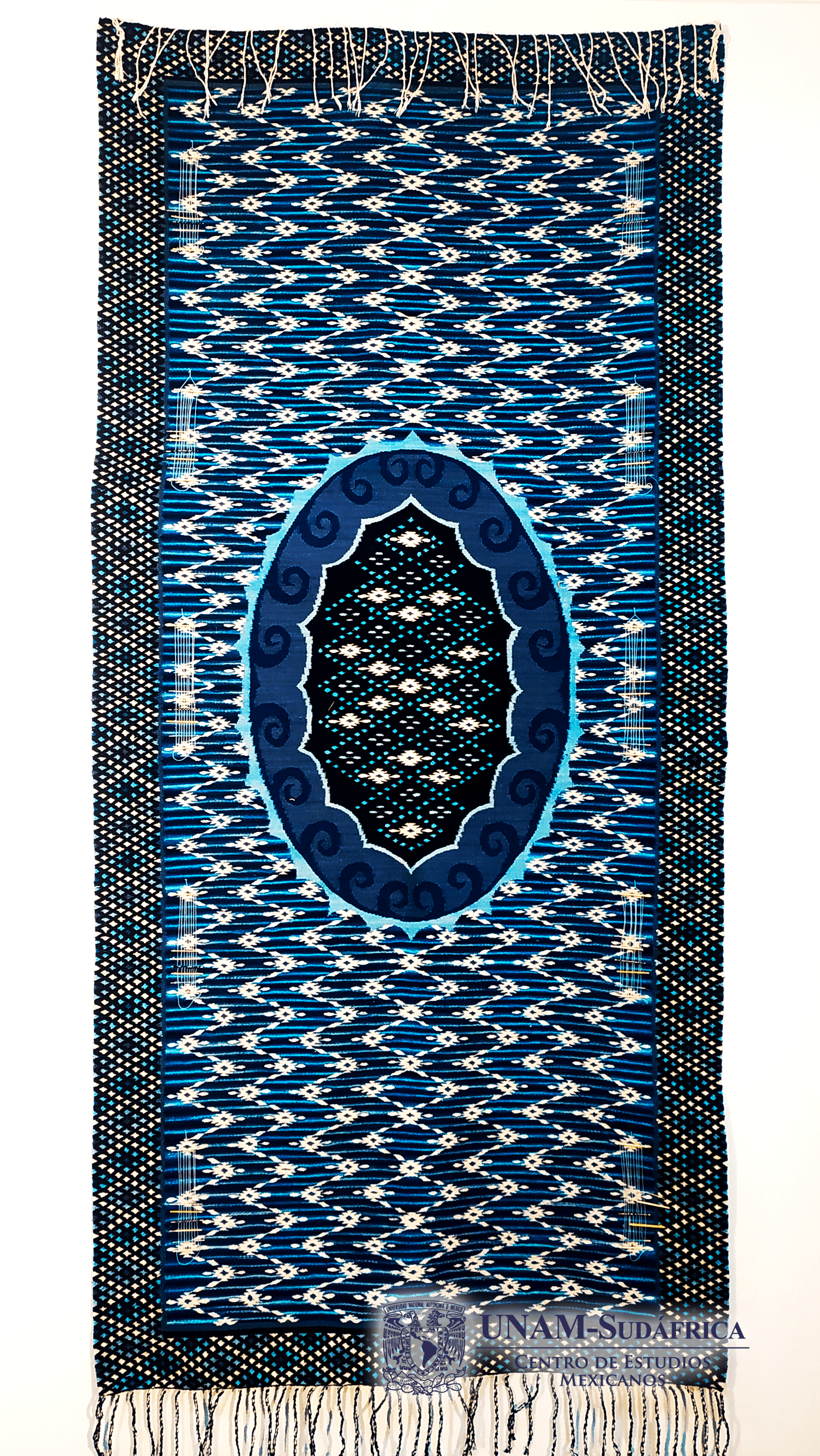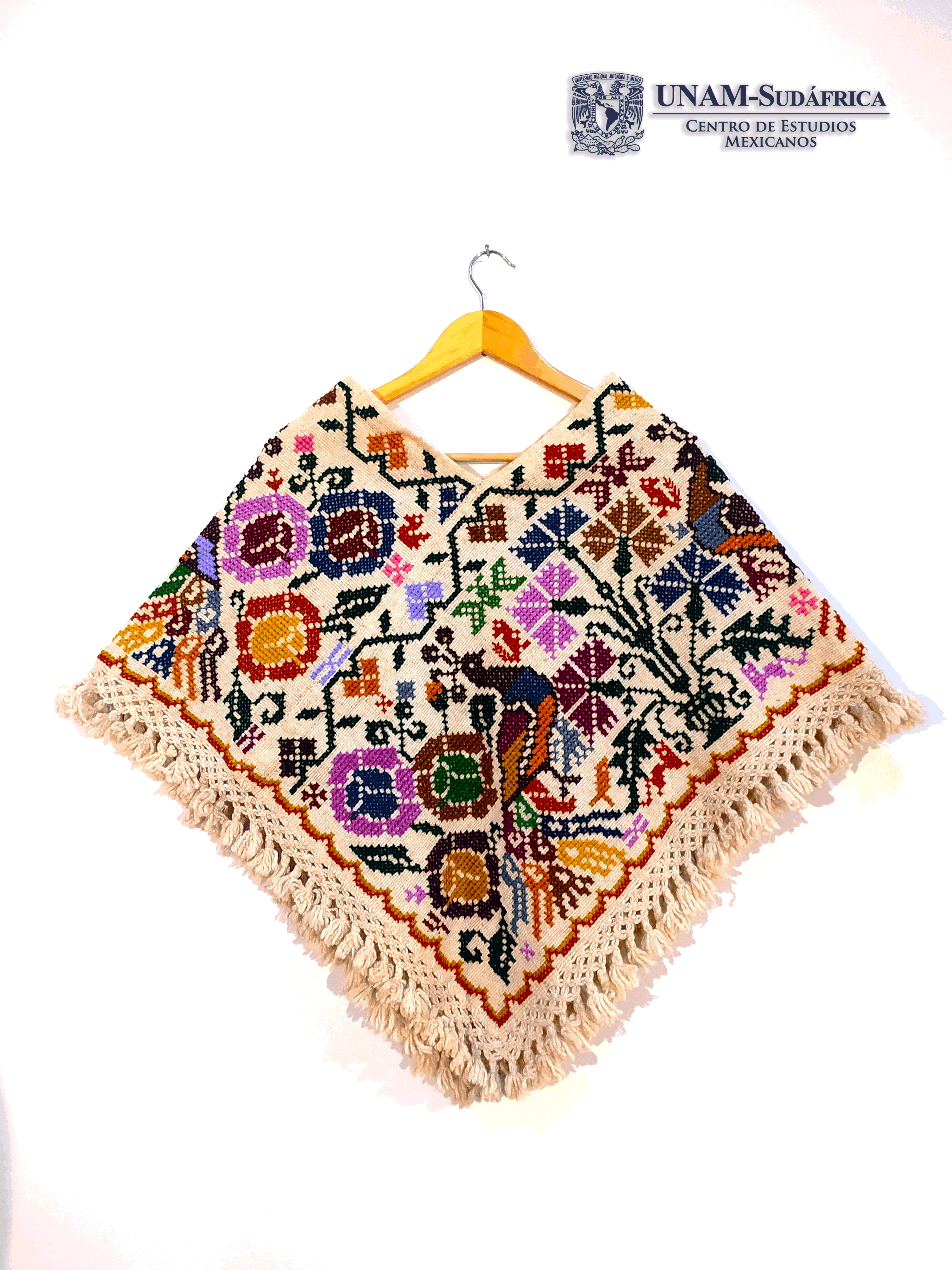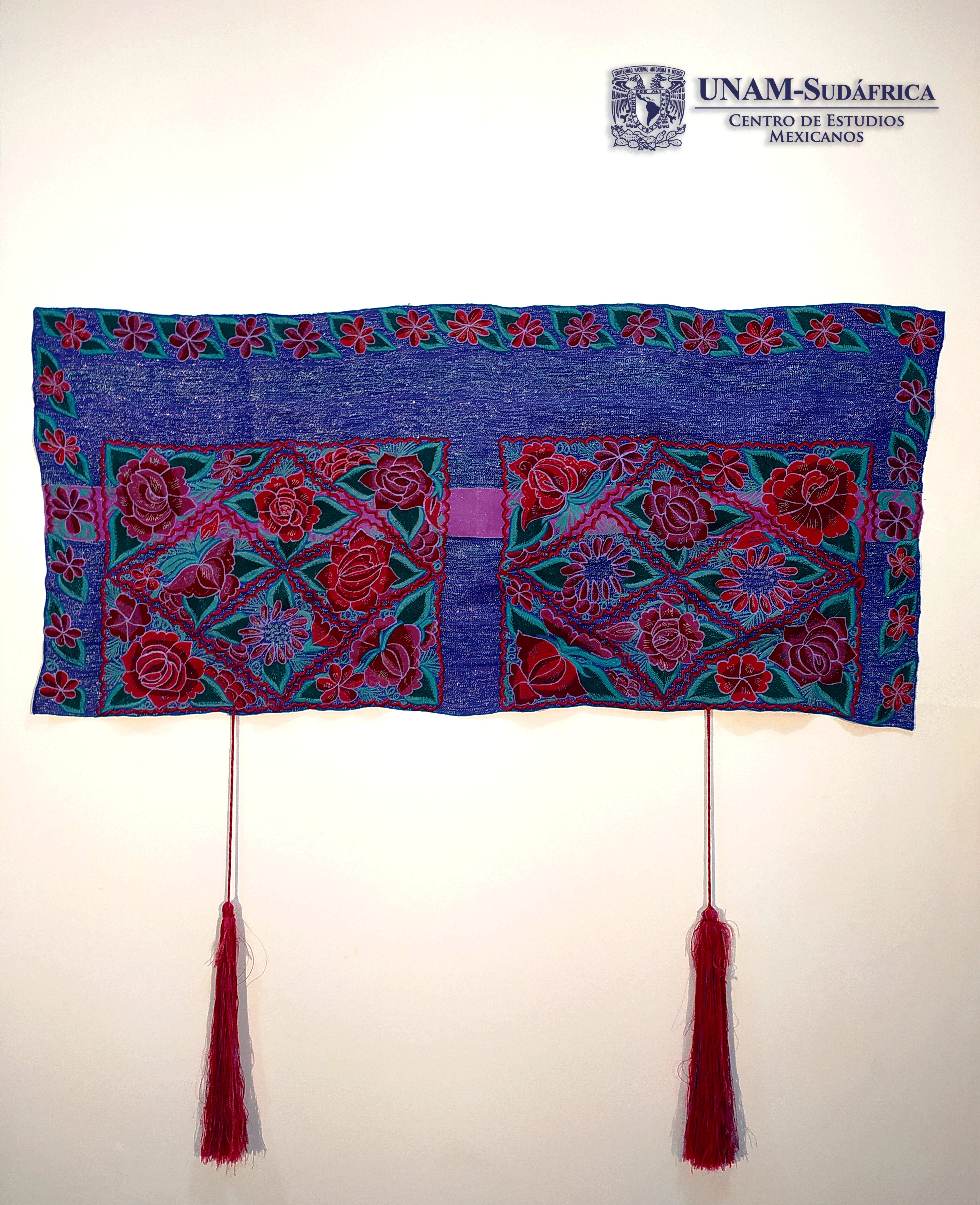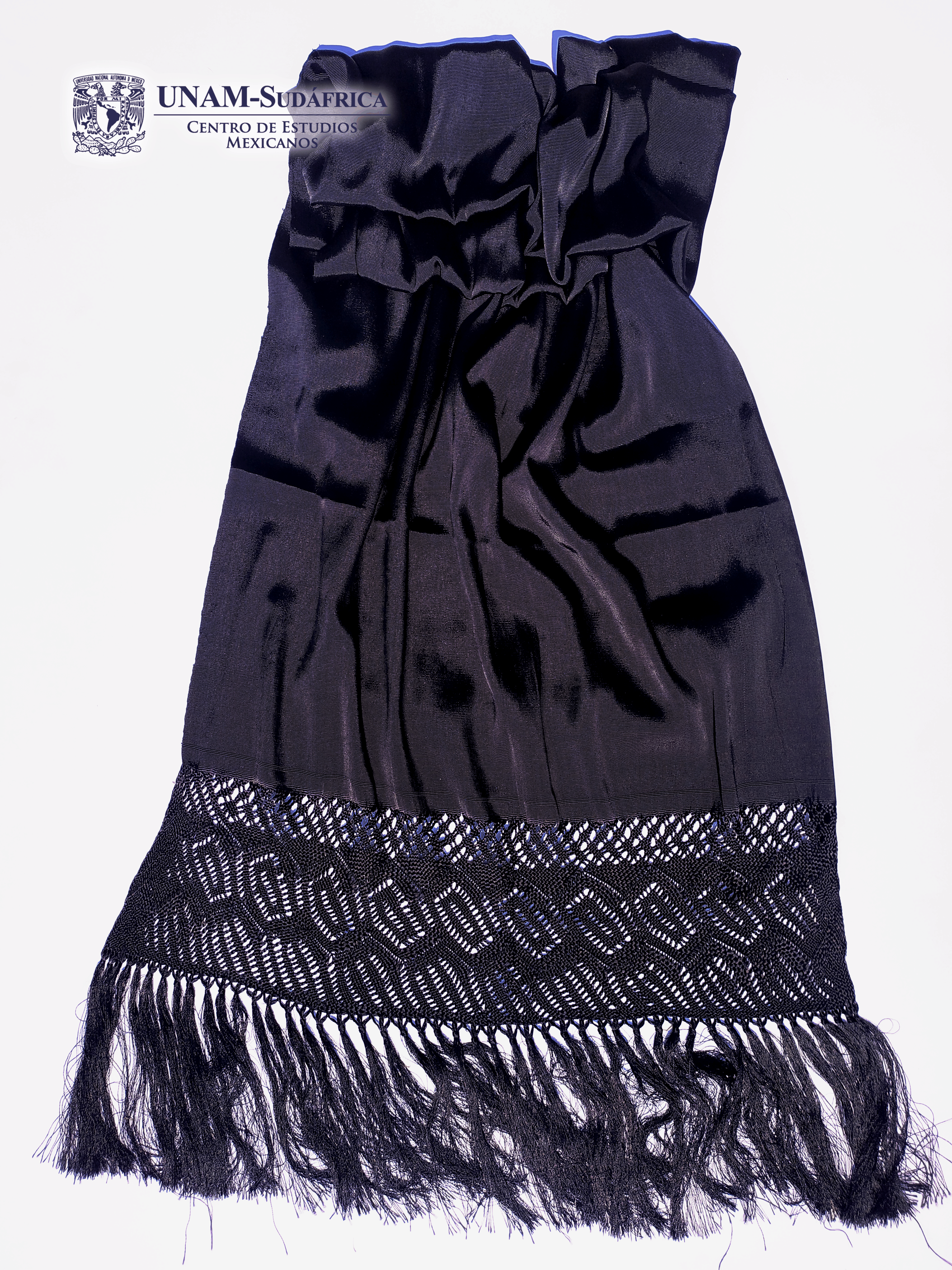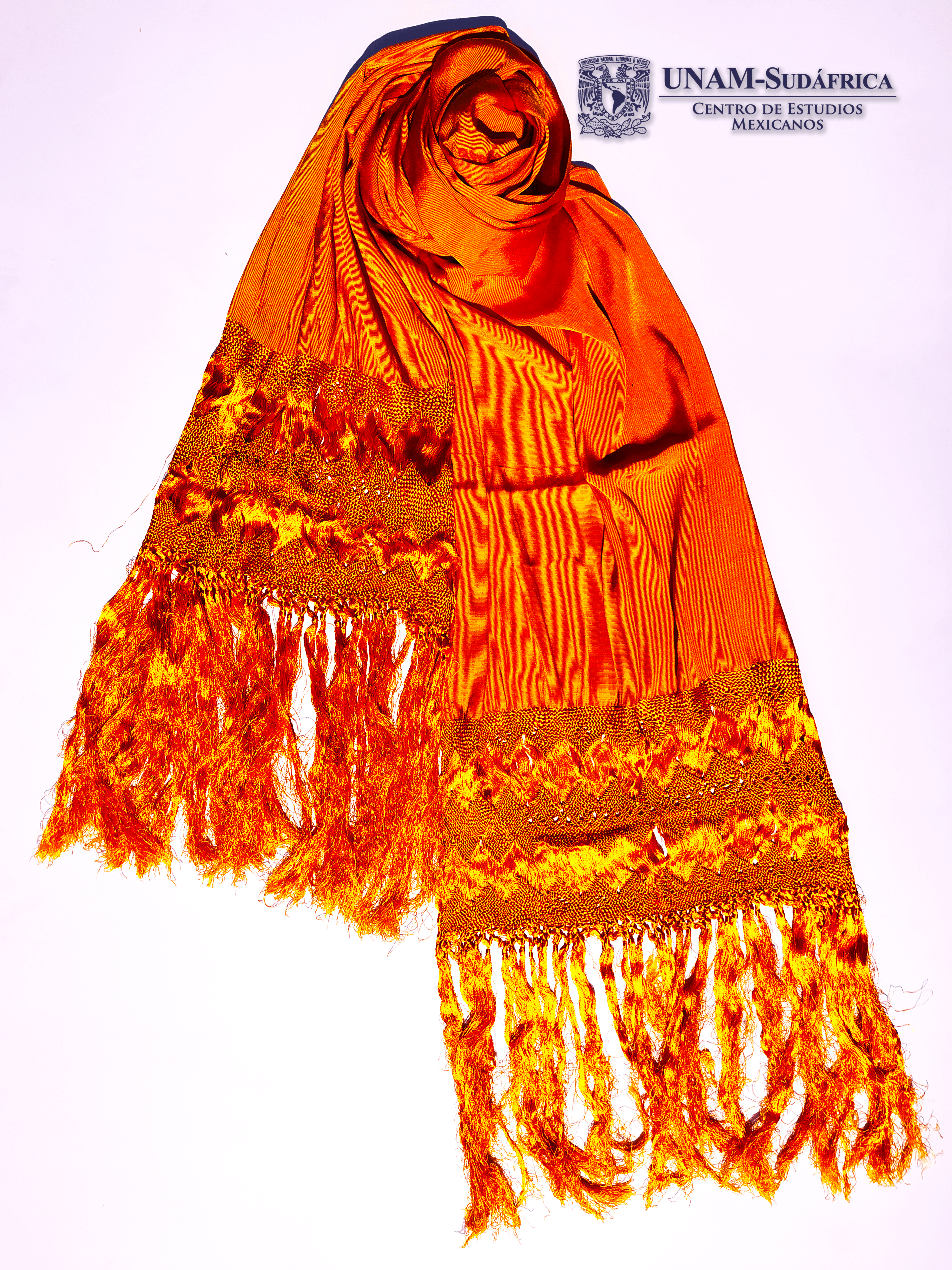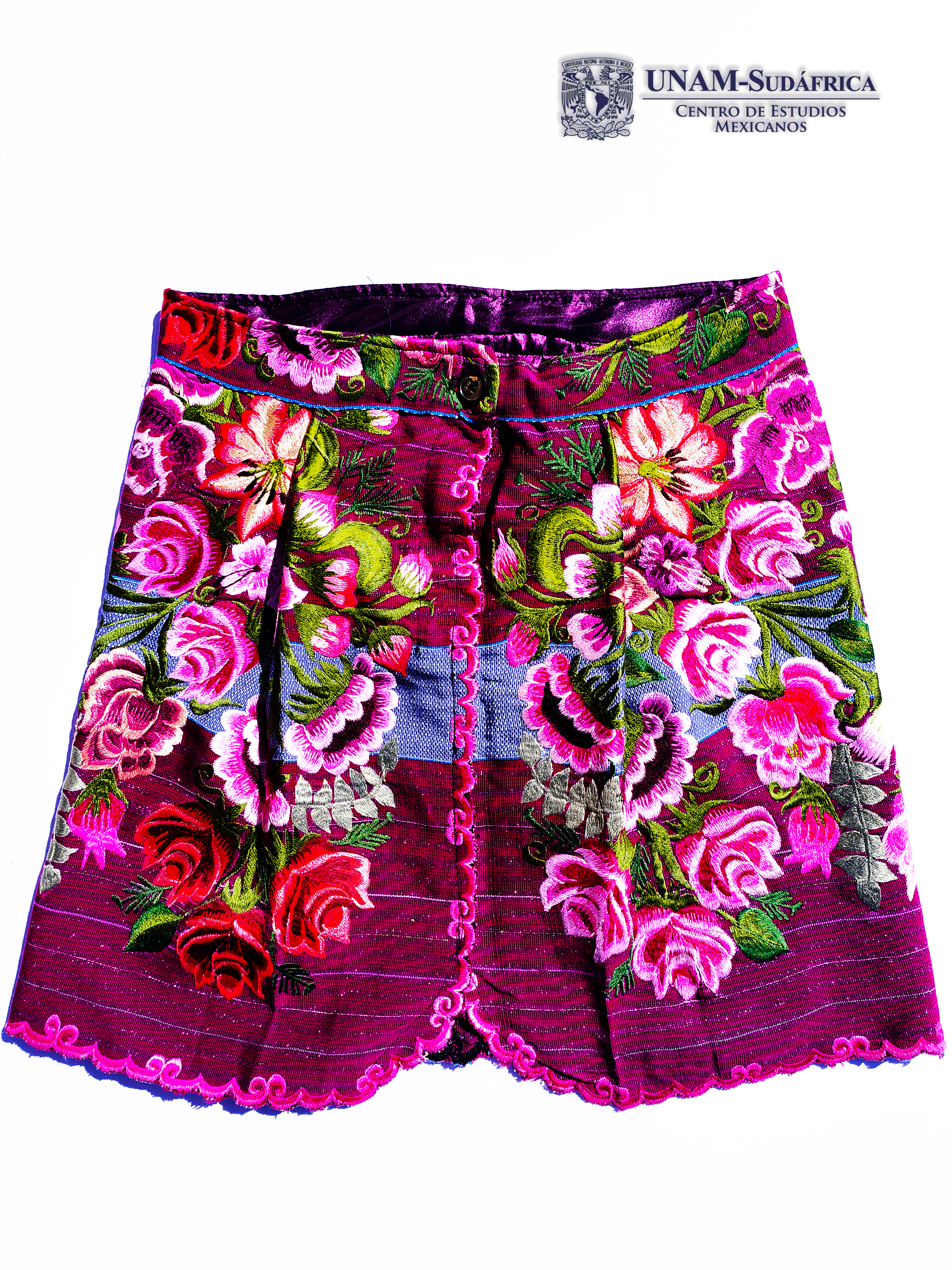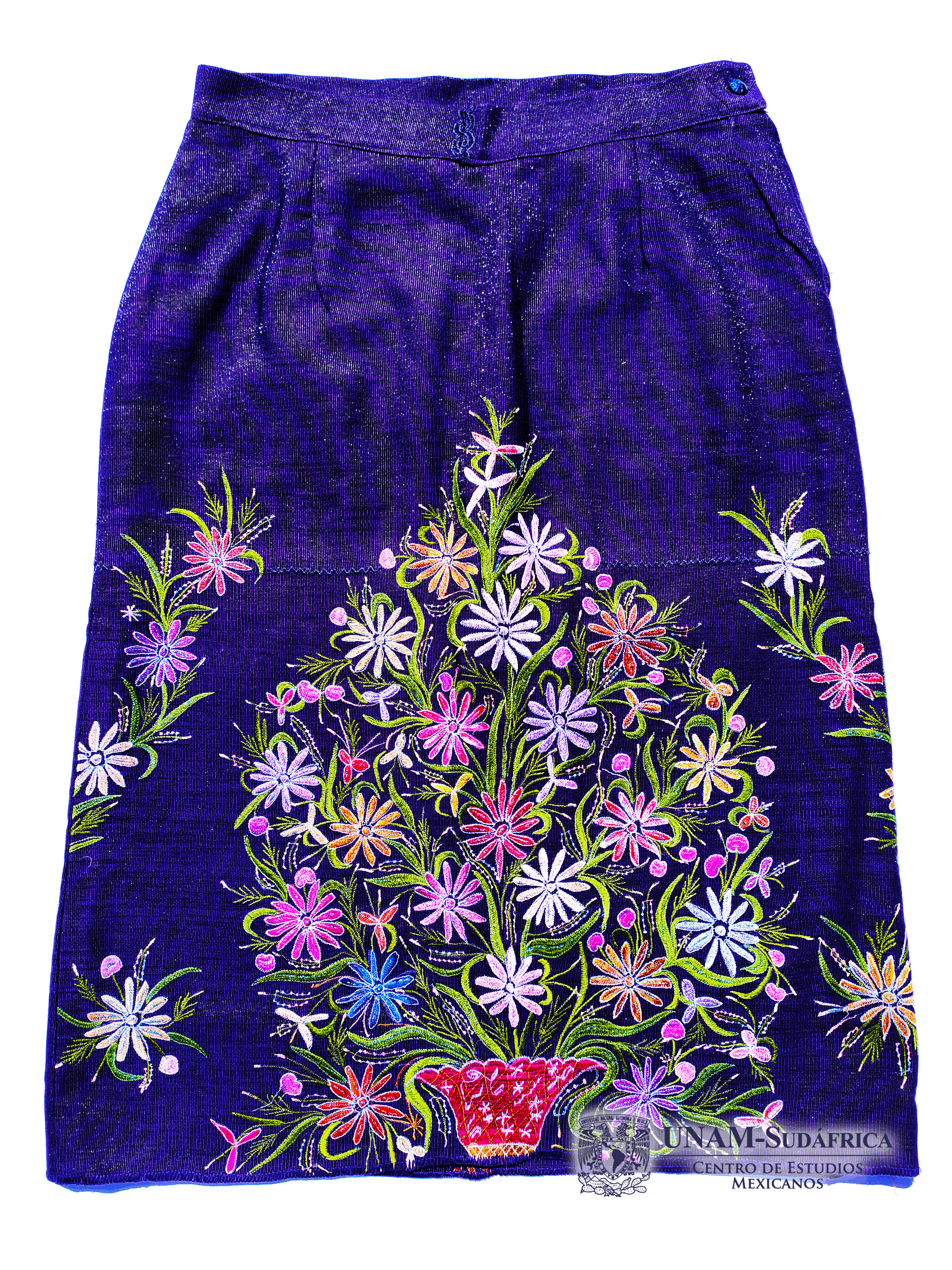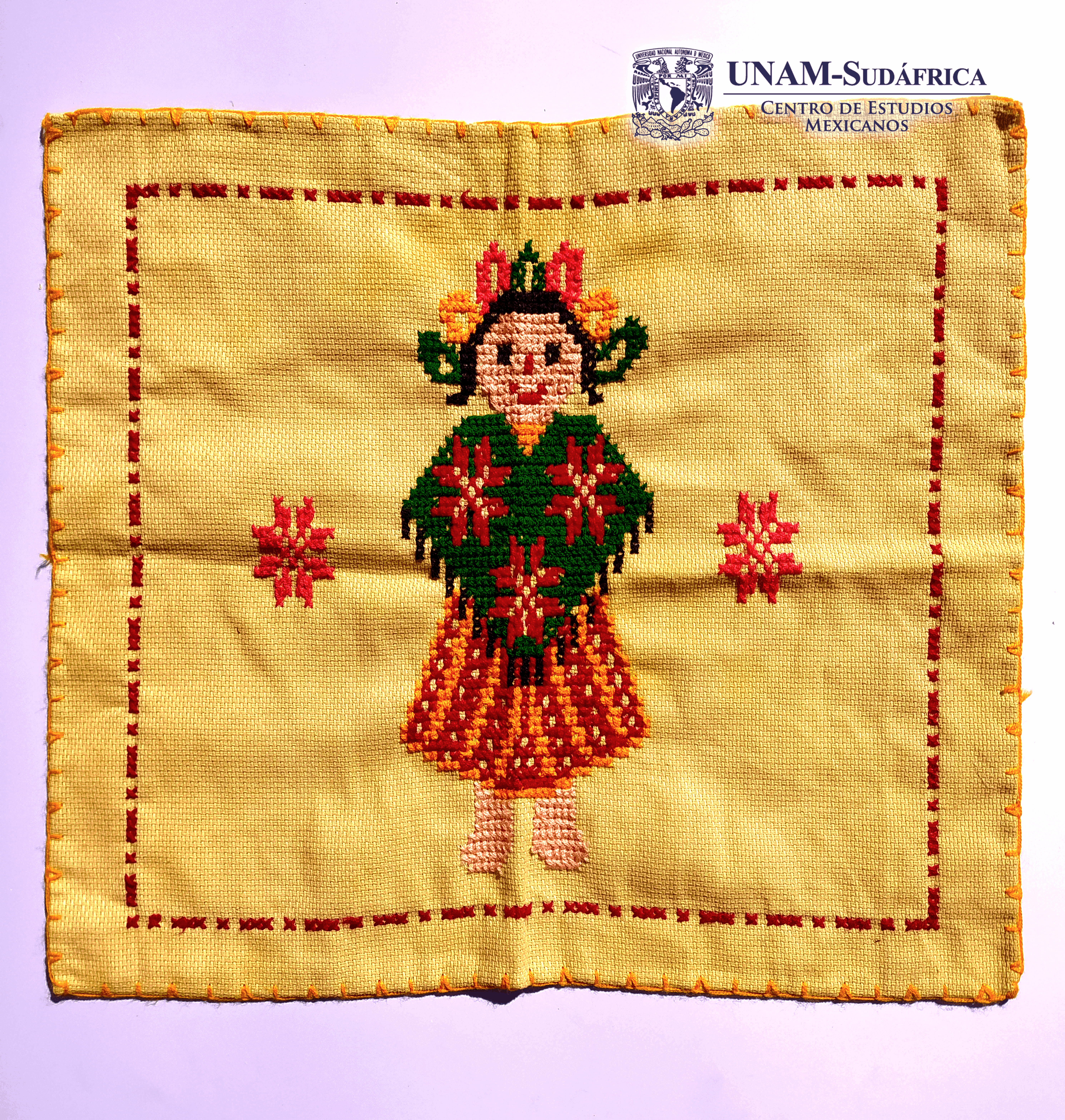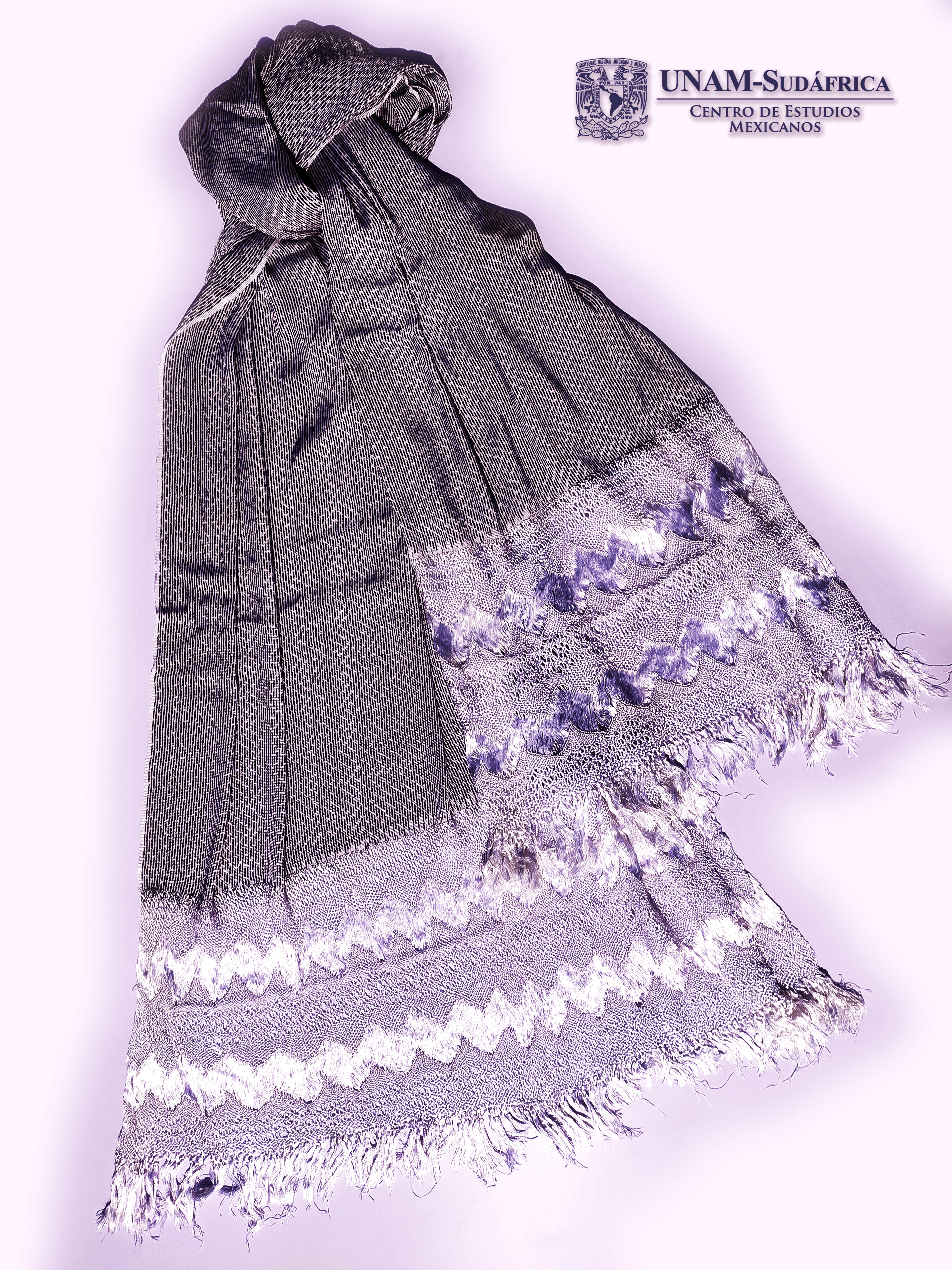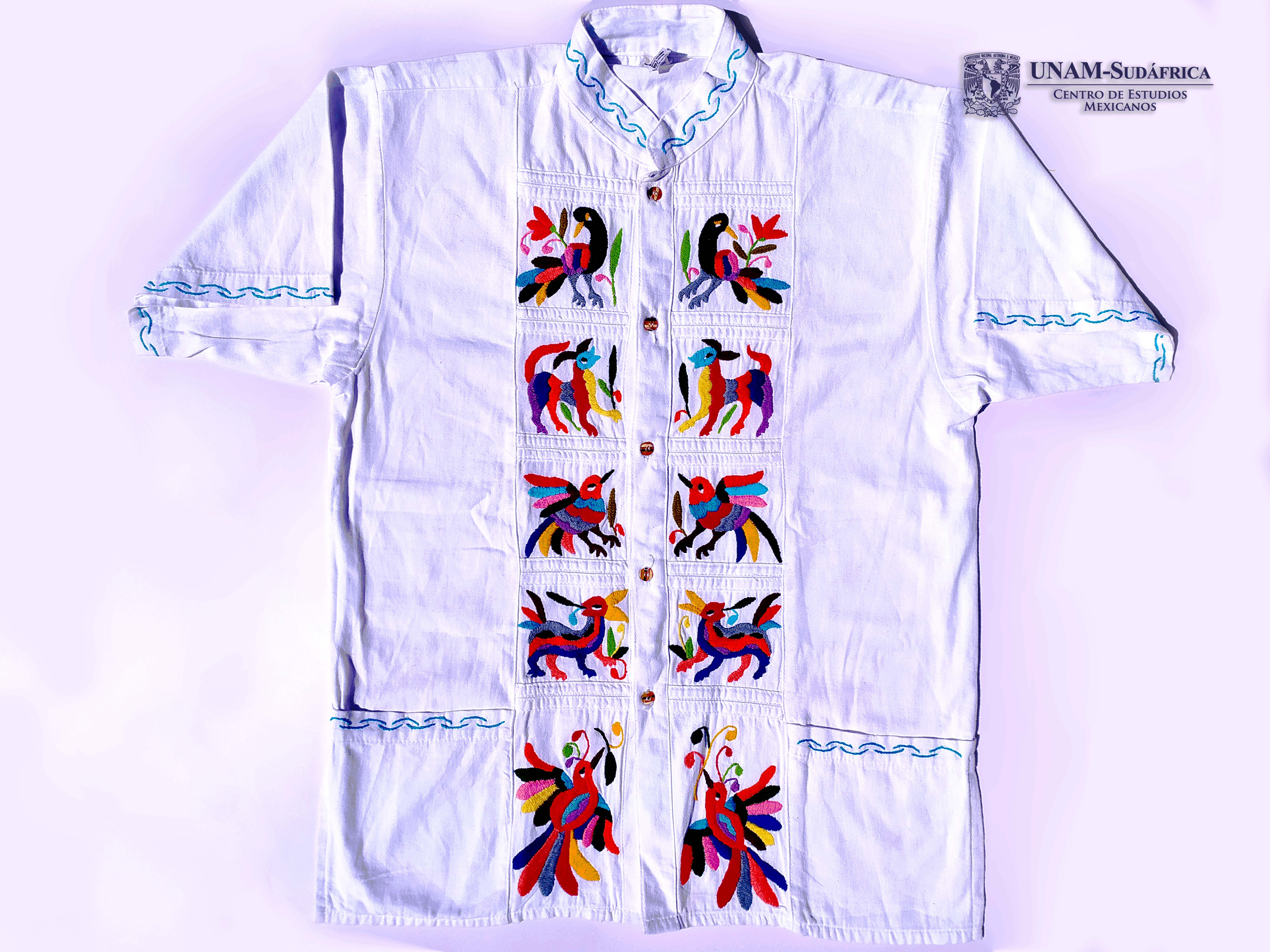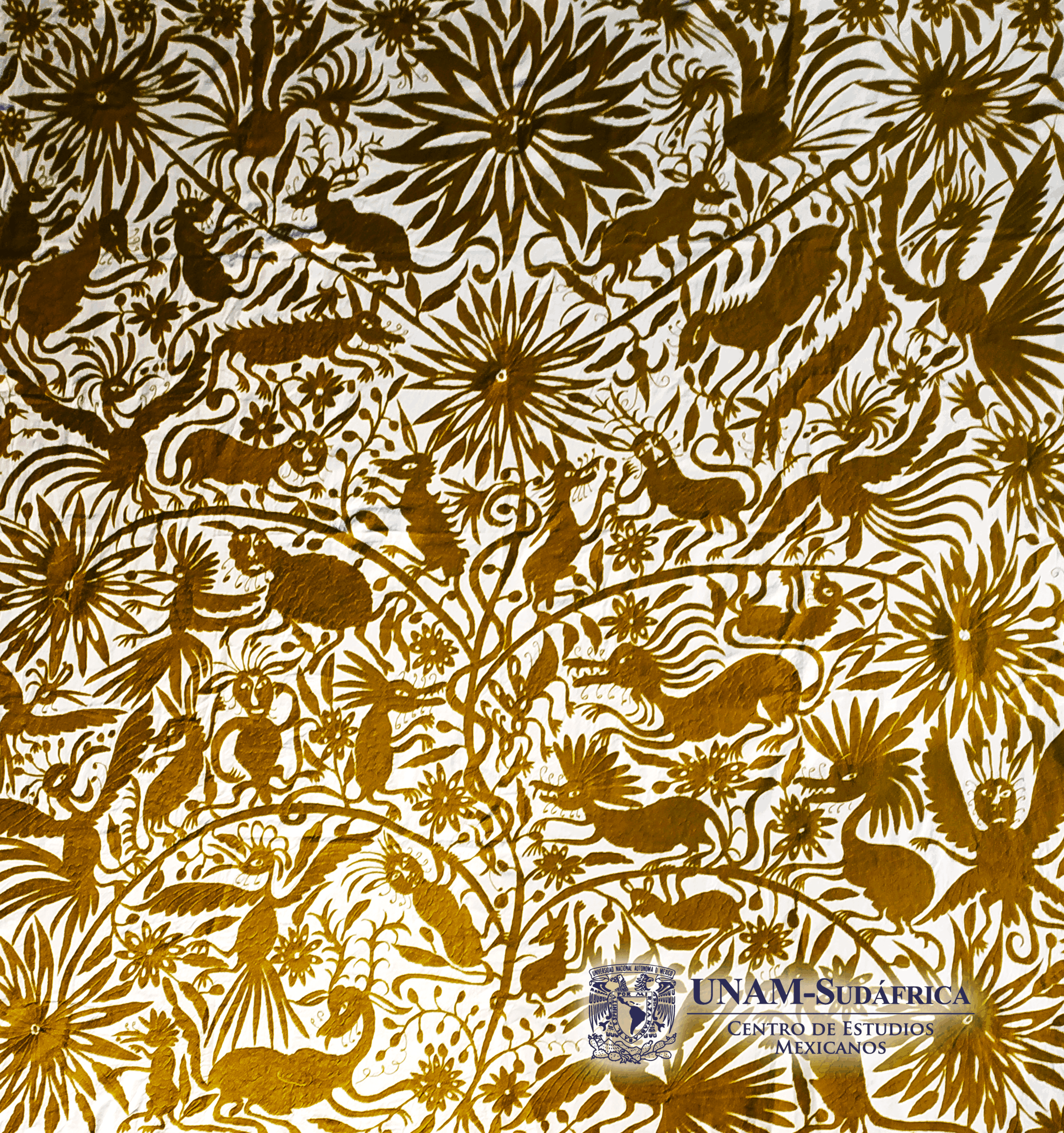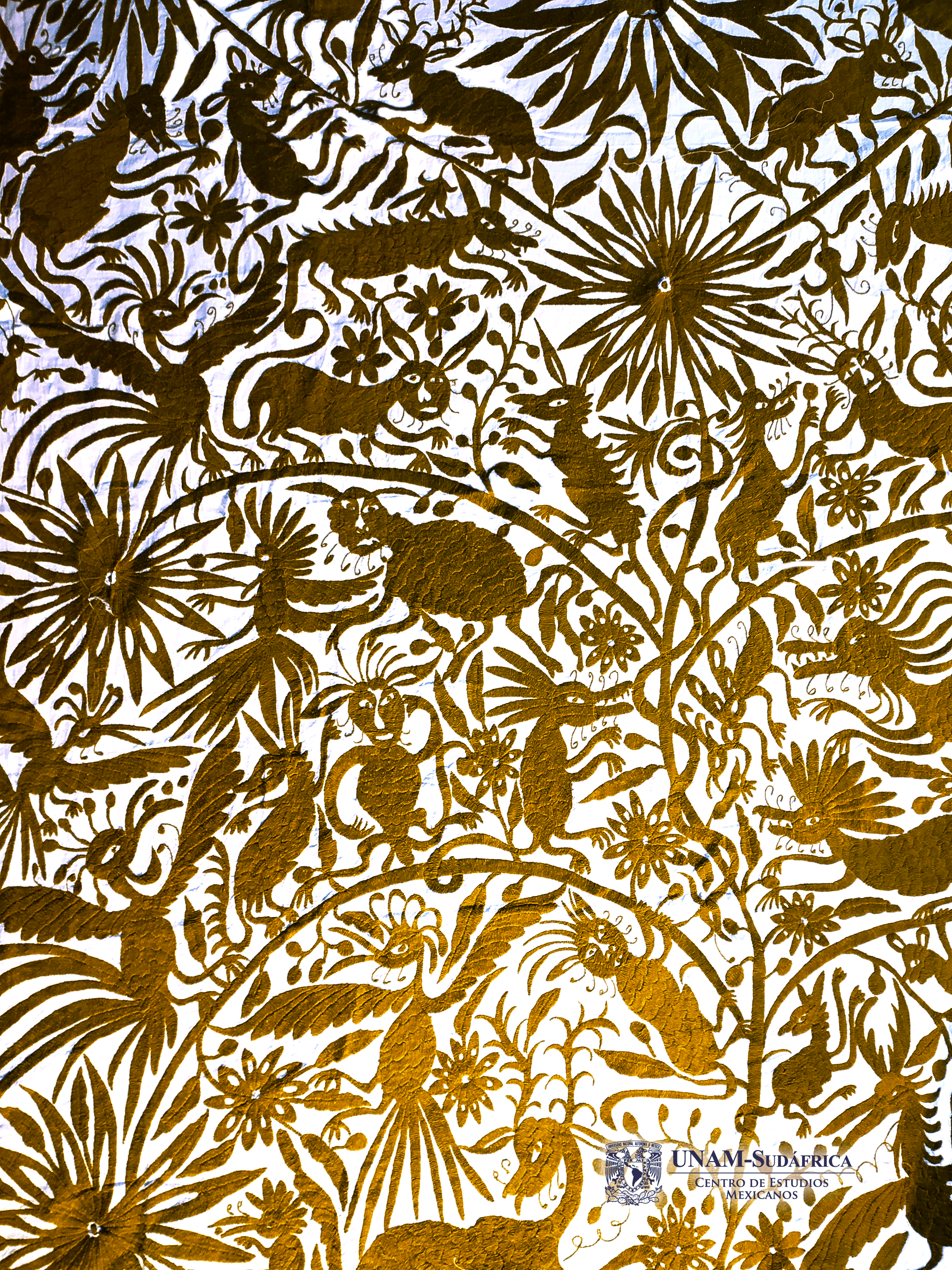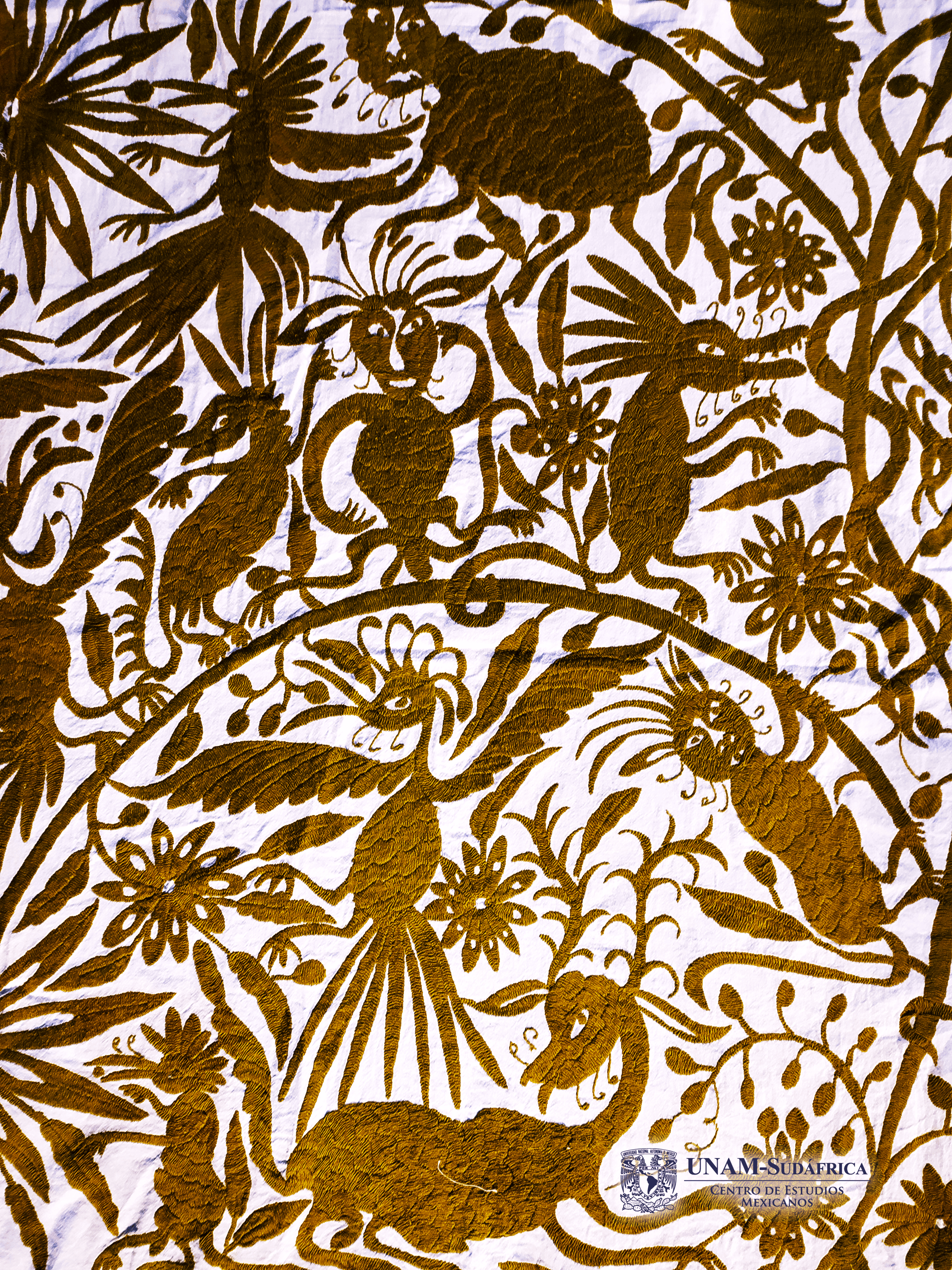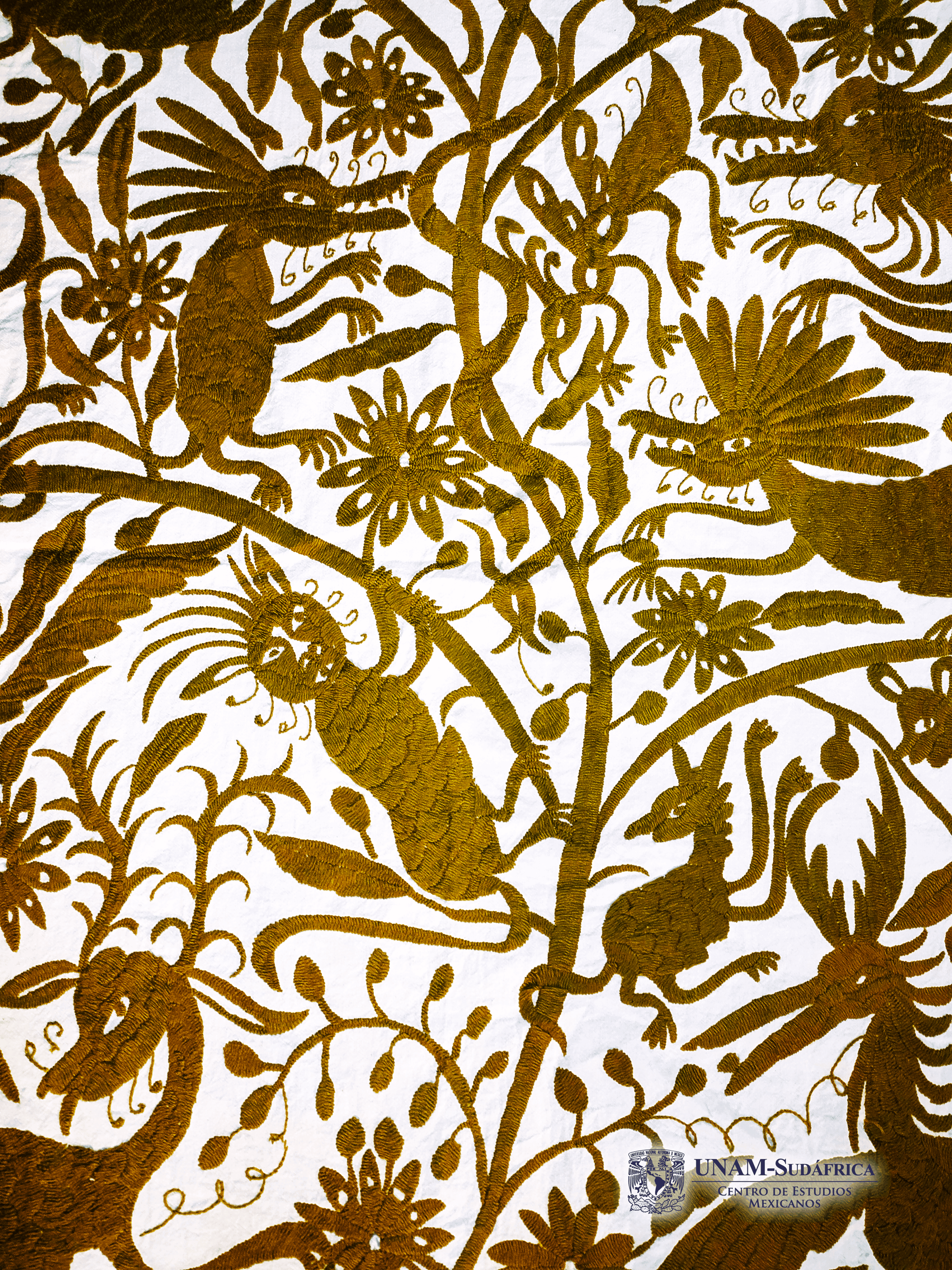
The definition of identity in this project is not immovable, definitive, or fundamentalist. On the con-
trary, we promote the existence of what Amin Maalouf (1998) calls border identities, which proposes
to emphasize the blurred boundaries between national identities, ethnic, religious and gender issues.
Subjectivity of identity is observed within the techniques and technologies used over time by traditio-
nal artisans in Mexico. Which, despite having been transformed, are still identifiers of roots or belon-
ging to certain groups.
The most common technique before the arrival of the Spaniards was the backstrap also known as the
horizontal loom, which: …consists of a frame or frame made up of two rods or reeds, one in front of
the other, separated by the length of the warp: a series of threads placed in parallel ways and tied to
the two rods or reeds called enjuilos (Quiroz, 2012:35).

After the establishment of the conquerors, they introduced the pedal loom. Although this changed the
form of production, the non-verbal messages given by textiles continued to reproduce, giving way to
the permanence of pre-Hispanic identities.

In the exhibition, it is difficult to find materials dyed with ancient technologies and techniques, howe-
ver, to understand the meaning of the colours within it, it is necessary to explain the entire procedure.
In the particular case of Mexico, it is a territory inhabited by many cultures, which deserve recognition
based on their differences. It is important to mention that the designs that are observed give guidelines
to think that textiles, being a means of communication, are reproducing a message that has been assi-
milated by the same community and environment to which they belong. Therefore, it is functional to
their needs.
The transformation of identity can even materialize in the shape of the garments. They can be conside-
red a group of typical garments in female clothing: the quechquemetl, enredo, faja, huipil, blouse, skirt
or rabona and the rebozo (Serros, 2010). Some of these, such as the rebozo, skirt and blouse, arrived af-
ter the conquest, while others, such as fajas, have been associated with magical qualities in different
parts of the republic. Thus, identities are changing and transforming, making it impossible to generate
clear limits, and generating the cultural diversity that is expected to be shown throughout this exhibition.
